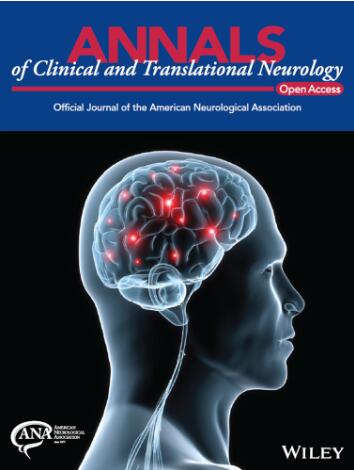Exercise as an abortive treatment for cluster headaches: Insights from a large patient registry
Abstract
Objective
This study aimed to evaluate the potential of exercise as an abortive treatment for patients with cluster headache (CH).
Methods
A cross-sectional survey was conducted among CH patients at a single center in Korea. Demographics and headache characteristics were compared between those who found exercise effective and those who did not. We analyzed the type and intensity of exercise used. Headache improvement was measured as intensity reduction, with ≥50% improvement defined as a reduction in intensity by half or more. Exercise intensity was categorized as moderate (“possible to talk but hard to sing”) or high (“difficult to speak without pausing”). Case reports of patients exercising during CH attacks were also reviewed.
Results
Among 167 registered CH patients, 136 patients provided responses about exercise during CH attacks; 39.7% (54/136) attempted exercise as treatment. Improvement was reported by 42.6% (23/54), with ≥50% improvement in 29.6% (16/54). Patients who found exercise effective had lower Headache Impact Test-6 scores. Effective exercises included running (39.1%), squats (30.4%), and stair climbing (21.7%), with high-intensity exercise effective for 52.2% and moderate intensity for 43.5%. Among the 23 patients who benefited from exercise, 18 reported their most effective treatment, which were exercise alone in 50% (9/18), followed by exercise with triptans in 38.9% (7/18), and oxygen with or without triptans in 5.5% (1/18).
Interpretation
About 40% of CH patients attempted exercise for acute CH management, with 30% experiencing over 50% improvement. While evidence is limited, exercise may help alleviate headaches and could be considered an adjunctive treatment for CH attacks.


 求助内容:
求助内容: 应助结果提醒方式:
应助结果提醒方式:


